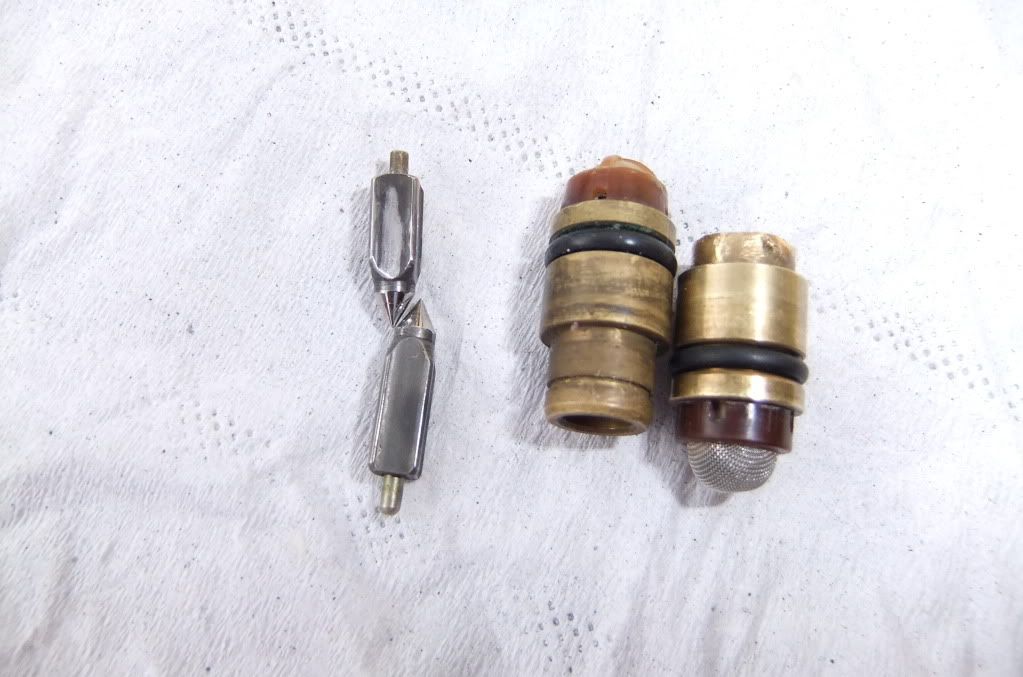If the engine is tuned per the factory manual including valve clearances and ignition timing, you have good clean carburetion and you have good compression, then jetting is fairly easy with a QUALITY pipe.
130 Mikuni mains are the same size as Dynojet 138's which is what DJ supplies in their stage 3 jet kit. That main size is proven to run well with pipe/pods/w/w/o minor cam and bore increase. If you don't get the kit, run 130 Mikuni's.
Lower the e-clip on the jet needles to the bottom position and place an approx' .022" thick jetting spacer directly on top the e-clip. Then thicker stock plastic spacer on top the jetting spacer. Thinner stock plastic spacer under the e-clip. This equals position "4 1/2". Most common setting for good results.
Try the stock #15 pilot jet with richer pilot fuel screw adjustments up to 3 full turns out. If not rich enough, go to a 17.5 PJ and return the screws to approx' 3/4 turn out. As always, fine tuning needed for each cylinder.
REMOVE the 2 floatbowl vent lines. Leave the ports open.
As for your first post saying the carbs overflow as soon as you turn on the petcock, the float needle valves should stop all flow if they are in good condition and are the correct valves and are installed right side up. Also, the valves and seat wear as a unit, so they should be kept as a unit and never mixed with other valves/seats. If they don't stop flow, you have debris up inside the float valve seat, or worn valve tips, or a possible burr along the side(s) of the valve needle. If the valves check OK then your floats aren't operating correctly. That could be from a mistake made in height adjustment or their movement is hindered by being bent or even punctured. If fuel is flowing out of the lines attached to the bottom of the float bowls then the problem is something mentioned above.
Could be a dirty tank or even pieces of rubber breaking off from inside the petcock.
.png)





Comment